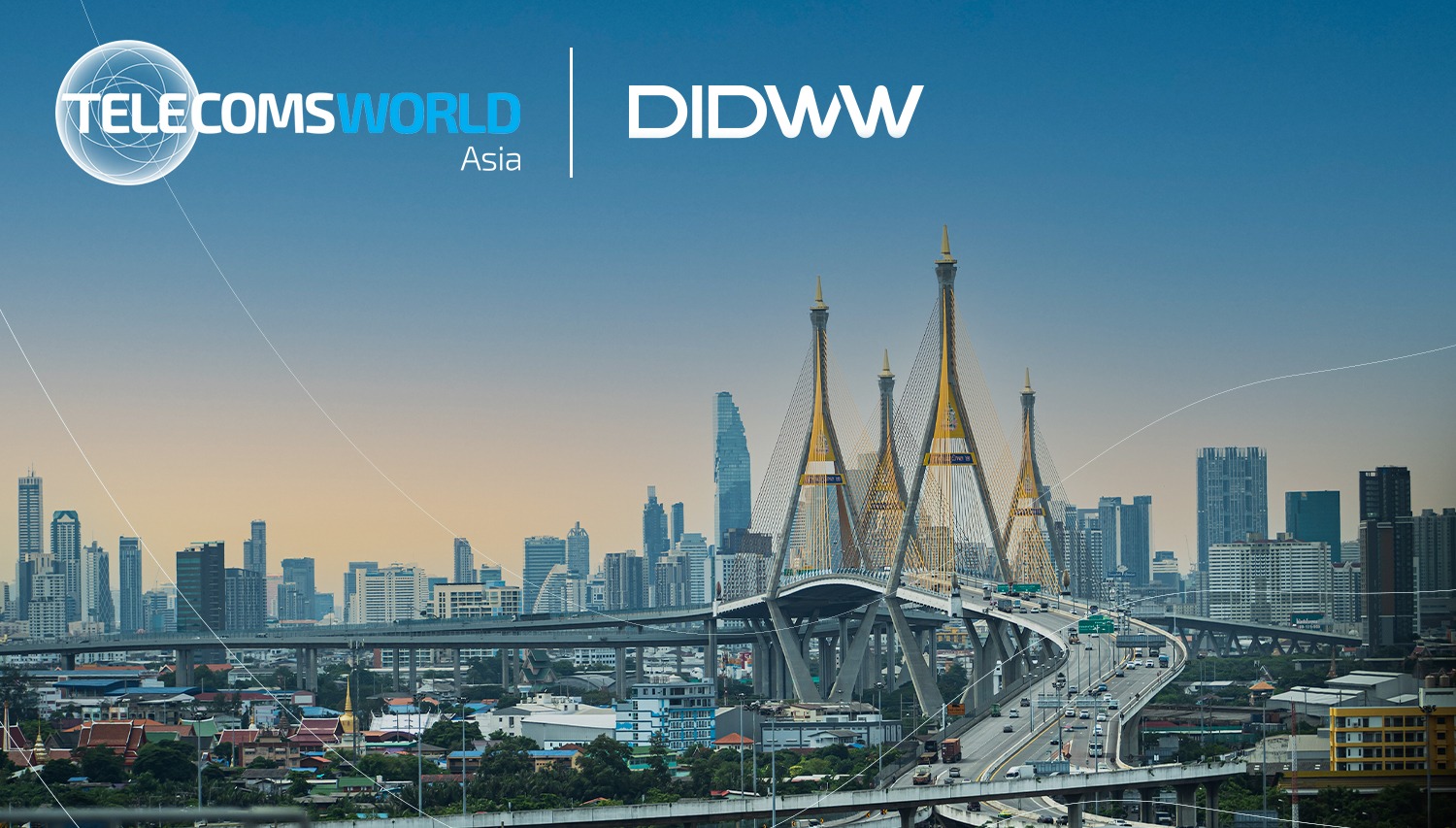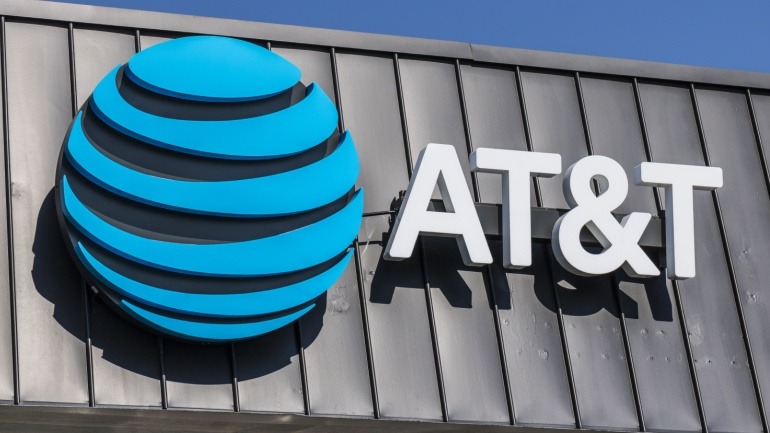BT’s innovative mobile site in Shropshire exemplifies the future of sustainable connectivity by utilizing solar panels and a wind turbine, generating 70% renewable energy. This eco-friendly approach promises economic benefits and highlights BT’s commitment to reducing its carbon footprint.
Ericsson is intensifying its R&D efforts in India, zeroing in on network APIs. Partnering with telecom giants, Ericsson is unlocking 5G’s potential through programmable networks, enhancing performance, and enabling new performance-based business models.
UScellular is selling $1 billion worth of spectrum to Verizon as part of its shift towards becoming an infrastructure-focused company. This sale accompanies a $4.4 billion acquisition of its wireless operations by T-Mobile.
DIDWW, a global provider of premium quality VoIP communications and SIP trunking services, will participate as an exhibitor at Telecoms World Asia 2024. This premier event, dedicated to digital solutions and services for Asian telcos, will feature DIDWW’s latest advancements in its innovative voice and SMS solutions for business communications.
The launch of the world’s highest-capacity UltraSMR and ePMR CMR hard disk drives by Western Digital marks a pivotal advancement in data storage, offering up to 32TB of robust storage solutions. With their innovative technologies enhancing efficiency and reliability, these new HDDs are tailored to meet the demands of hyperscalers and cloud providers.
The escalating US-Huawei tensions profoundly impact the global VOIP industry by highlighting the strategic importance of technological independence. Ongoing sanctions against Huawei emphasize a pivotal point: adaptability in sourcing components is crucial. As these US-China dynamics unfold, VOIP providers must anticipate shifts in technological power impacting future market strategies.
AT&T has recently finalized new contracts with the Communications Workers of America, impacting 23,000 employees. These agreements bring wage hikes, better healthcare, and increased job security, aligning with AT&T’s strategy.
DigitalBridge’s acquisition of JTower marks a pivotal move, furthering infrastructure growth essential for next-gen networks. By obtaining a 75% stake, DigitalBridge showcases confidence in JTower’s capacity to meet evolving communications needs.
Nigeria’s telecom sector is witnessing a groundbreaking shift as it embraces 5G technology through a collaboration with Ericsson. This partnership aims to modernize telecom infrastructure, transform public services, and drive economic growth.
You’re on a sales call, the kind where the stakes feel high, and you’re hoping to turn a prospect into a client. You’ve got your script, a solid understanding of your product, and you’re ready to pitch. But as the conversation unfolds, you can sense the prospect pulling away – maybe it’s the tone of your voice, the timing of your pitch, or something you can’t quite put your finger on. What if we told you that the key to boosting your sales performance isn’t just in your pitch or your product knowledge, but in understanding the psychology behind human decision-making? With virtual communication becoming the norm, VoIP tools are essential for sales teams. Combine these tools with insights from psychology, and you can transform the way you approach selling. The Mindset Shift Before we dive into the specific tactics, let’s talk about mindset. The most successful sales professionals don’t…













